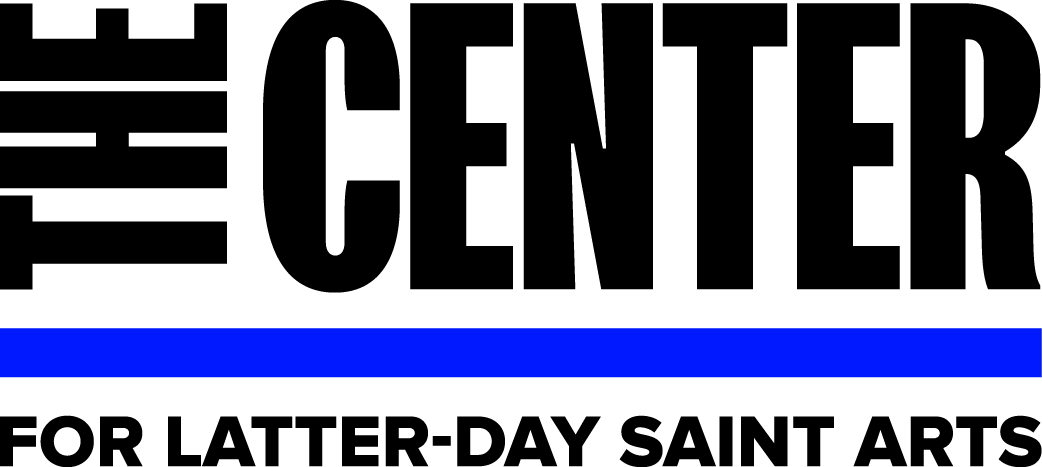College and University Courses
The Center has commissioned leading scholars and educators to create materials for self-study or classroom courses on topics of visual art, music, film, poetry, and popular culture. Each course includes a semester’s worth of readings, discussions, and assignments. Are you ready to learn? Or would you like to take these materials and use them at your school?
The courses are by: Laura Allred Hurtado, Jeremy Grimshaw, Lance Larsen, Eowyn Wilcox McComb, Mason Kamana Allred, Kimberly Johnson, and April Makgoeng.
Perspectives on Image and Meaning: Mormon Art from Its Founding to the Present
By Laura Allred Hurtado
The purpose of this course is to expand a definition of Mormon art through readings, careful looking, and discussion. In each session, students will explore a case study—an in-depth exploration of one or a handful of works that stand as an example of a larger idea, concept, or theme—that will be explored each week, with the support of scholarly text and research, approaching each work with formal and critical analysis.
Music as Cultural Practice in the Church of Jesus Christ of Latter-day Saints
By Jeremy Grimshaw
This course will explore music within the history and culture of the Church of Jesus Christ of Latter-day Saints. Drawing on methods from various disciplines, including musicology, ethnomusicology, media studies, etc., the course will examine the development of musical practices within the institutional Church as well as across varied historical and cultural strata of Latter-day Saint experience. Topics will range from historical hymnology (the study of congregational music), to “classical” music by LDS composers, to the diverse musical expressions of LDS musicians around the world, to the impact of broadcast and social media on LDS musics. The course will culminate in a presentation and research paper, by each student, on a current topic related to musical practices within the Church or its members.
Contemporary Religious and LDS Poetry
By Lance Larsen
To provide an historical overview of postmodern and contemporary poetry.
To sharpen through discussion and writing your analytical and evaluative skills.
To provide a detailed reading of the work of eight contemporary religious poets (four of them LDS)
To make you better readers of both fixed form and free verse poetry by concentrating on poetic elements such as rhyme, rhythm, meter, syntax, diction, style, enjambment, irony, imagery, symbol, and persona.
To help you apply a variety of critical approaches and reading strategies (formalist, historical, sociological, biographical, psychological, archetypal, feminist, post-structuralist, etc.) to contemporary poetry.
To emphasize the ethical responsibilities of reading.
To have a walloping good time.
“To untie [ourselves], to do penance and disappear / Through the upper right-hand corner of things, to say grace.” (Charles Wright).



